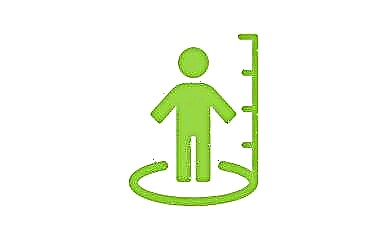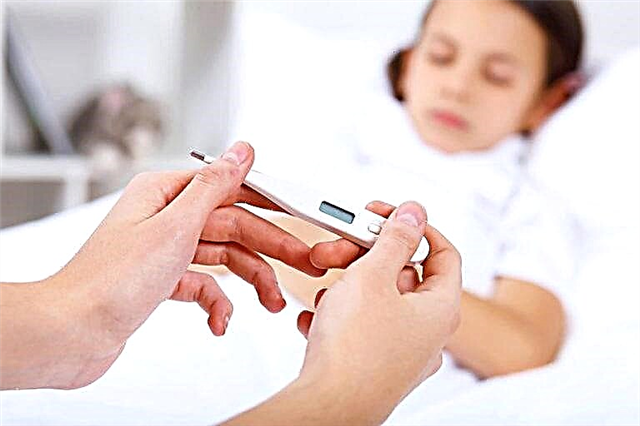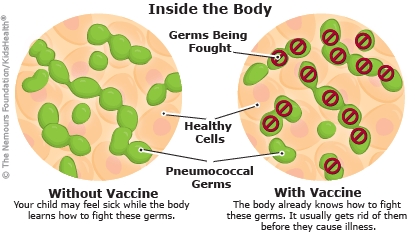
To prevent frequent colds or to strengthen blood vessels with fragility, doctors recommend Ascorutin. Can such a drug be given to children, for example, at 2 years old or at 6 years old? How to drink Ascorutin correctly and is it possible to overdose?

Release form
Ascorutin is available in tablets, which contain 10, 30, 50 or 100 pieces in one package. They have a yellow-greenish color, flat-cylindrical shape, and small inclusions may be present. Ascorutin is not produced in the form of syrup, capsules or solution.

Composition
Ascorutin contains two main active substances:
- Ascorbic acid, of which there is 50 mg in each tablet of the drug.
- Rutoside, the dosage of which in one tablet is also 50 mg. This connection is also called a routine.
In addition to them, sugar, talc, Ca stearate and starch obtained from potatoes are present in the drug for a dense tablet structure.

Operating principle
Ascorutin is a vitamin preparation that has the following effect:
- Strengthening the walls of blood vessels.
- Decreased permeability of the smallest vessels (capillaries).
- Elimination of inflammation and edema of the vascular walls.
- Participation in oxidation and recovery processes that take place in the body.
- The growth of the body's resistance to disease.
- Improving tissue regeneration.
- Regulation of carbohydrate metabolism.
- Antiplatelet action.
- Participation in blood clotting processes.
- Improving blood microcirculation.
- Strengthening the immune system.

Indications
Ascorutin is recommended as a prophylactic agent that helps prevent vitamin C or rutin deficiency. Such a drug is prescribed for hemorrhagic diathesis and various venous diseases. It is in demand for capillary diseases, as well as for preventing the negative effect of salicylates or anticoagulants on the permeability of the vascular walls.

From what age is it allowed to take?
Ascorutin is not recommended for children under three years of age. If the child is already 3 years old, such a drug may be prescribed by a doctor. You should not give Ascorutin without a doctor's prescription.
In childhood, such a medicine can be used prophylactically during seasonal epidemics, because by strengthening the vascular walls, Ascorutin increases the resistance of the child's body to influenza viruses and other pathogens.
For therapeutic purposes, Ascorutin is used in pediatrics, as one of the drugs of complex therapy:
- With frequent bleeding from the nose.
- With rheumatism.
- With ARVI.
- With glomerulonephritis.
- With measles, scarlet fever and other infectious diseases, such as chickenpox.
- With hemorrhagic vasculitis.

Contraindications
Instructions for the use of Ascorutin prohibit giving this medication in case of hypersensitivity to any of its ingredients. Also, with the reception of Ascorutin, one should be very careful if the patient has a tendency to form blood clots or tests have shown hypercoagulability of the blood. In addition, this medicine is not recommended for diabetes, kidney stones, or gout.

Side effects
Taking Ascorutin may be accompanied by an allergy, which most often manifests itself in the form of a skin rash. Sometimes the medicine provokes abdominal discomfort and other symptoms of dyspepsia. Side effects such as headaches and insomnia are also encountered. If you take Ascorutin for too long, it threatens the appearance of stones in the urinary organs.

Instructions for use and dosage
The drug is drunk after meals by swallowing a tablet and drinking it with water. When Ascorutin is chewed or resorbed, the ascorbic acid included in its composition will negatively affect the tooth enamel. The water that needs to be washed down with the drug should not be mineral so that its alkalis do not neutralize vitamin C.
The therapeutic single dosage of Ascorutin in childhood is one tablet of the medicine. It should be drunk three times a day. The duration of therapy should be determined by the doctor, but often ranges from 10 days to three weeks. If the child has any symptoms of Ascorutin side effects, the medicine is immediately canceled.
For the prevention of ARVI, children can be given from half to a whole tablet of Ascorutin daily. The dose is selected depending on age, for example, at 4-5 years old they give only half a tablet, and at 8 years old - a whole tablet. The prophylactic drug is taken 1 time per day for 7-10 days.

Overdose
If you drink a lot of Ascorutin tablets at once, this can lead to problems with the functioning of the pancreas and kidneys, as well as high blood pressure.
In case of an overdose, complaints will be noted about:
- Headache.
- Nausea.
- Loose stools.
- Insomnia.
- Vomiting.
To quickly help the child, you should immediately give him activated charcoal, and if you have severe symptoms of an overdose, you should call a doctor.
Interaction with other drugs
- If Ascorutin is prescribed together with iron preparations, Fe absorption will improve.
- The combined use of Ascorutin and penicillin antibiotics also leads to greater absorption of the antibacterial agent.
- In Ascorutin, the ability to reduce the therapeutic effect of anticoagulants (both indirect and heparin) is noted.
- Sulfanilamide drugs prescribed together with Askorutin will act less effectively.
- If you give the child together Ascorutin and salicylates, then their side effects will intensify.
- The appointment of Ascorutin together with B vitamins will enhance their therapeutic effect.
- With prolonged use of Ascorutin, it is possible to enhance the action of non-steroidal anti-inflammatory drugs, antihypertensive drugs and cardiac glycosides.

Terms of sale
You can buy Askorutin in a pharmacy without a prescription. The price of a package of this drug of 50 tablets averages from 35 to 55 rubles.
Shelf life and storage conditions
To store Ascorutin, you should choose a dry place where small children do not have access. The storage temperature should not be higher than 25 degrees Celsius. The shelf life of such a medicine is 3 years.

Reviews
Mothers who gave Ascorutin to a child with nosebleeds or colds often respond positively to such a medicine. They note that bleeding after the course of Ascorutin stops, and the frequency of ARVI decreases several times. The advantages of the drug are called its availability in any pharmacy, as well as its low cost. Children tolerate Askorutin, according to mothers, mostly well, but allergic reactions to the drug are not uncommon. Parents have no other complaints about such a drug.

Analogs
Instead of Ascorutin, analogs can be used in which the same active substances are:
- Askorutin D or Askorutin-UBF. These drugs have the same composition and the same indications for use as Ascorutin.
- Prophylactin S. In such a preparation, the dosage of ascorbic acid is higher (100 mg), while the rutoside, on the contrary, is reduced (25 mg). The medicine is prescribed to prevent or eliminate the shortage of the compounds included in it, as well as to children over 4 years of age with heavy loads or intensive growth. The tool is in demand for the prevention of acute respiratory infections, as well as for their complex treatment.
- AskoRutiKal forte. These film-coated tablets only contain 50 mg of rutoside and a higher dose of vitamin C (200 mg), but also 200 mg of calcium. The remedy is indicated for a- or hypovitaminosis, infectious diseases, as well as problems with blood vessels. It can be given from the age of 5.



